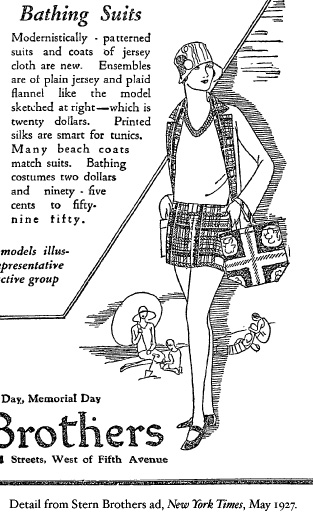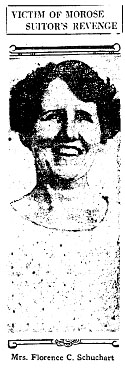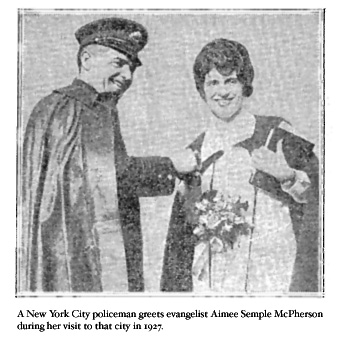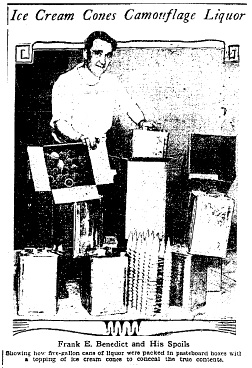July 3, 1927
Los Angeles

Violet and Daisy Hilton are not hotel heiresses. They must work for a living, which is why you will find them at the Pantages theater this week. Nor do they resort to flashing their lady parts for attention. In fact, it may be physically difficult for them to do so: this set of Hilton sisters has been joined at the hips and buttocks since their birth nineteen years ago.
Armed with the latest novels and a Pekinese dog named Boy, Violet and Daisy arrived in Los Angeles tonight from San Antonio, Texas. The twins were accompanied by their aunt, Mrs. Myer Myers, who noted that their conjoined condition does not hinder their performance of the Black Bottom. When not thus engaged onstage, she told reporters, the girls study with a private tutor.
The twins profess to be a happy pair. "We never quarrel," Violet told reporters waiting at the train station. "What’s the use?"
* * * * *
What was the use, indeed? Especially when reality was so much harsher than the Hilton twins let on to reporters in 1927. Myers, for example, was not their aunt. Two weeks after their birth in Brighton, England, in 1908, Violet and Daisy were "adopted" by their unwed mother’s landlady, Mary Hilton, who immediately put them on display. When Hilton died, the twins were "willed" to Edith Myers, the wife of a carnival balloon salesman. Myers and her husband physically abused Violet and Daisy at the same time they exploited them on stage—and kept their earnings.
In 1915, Violet, Daisy, and the Myerses moved to the United States. By the 1920s, the pretty pair of conjoined twins were a sensation on the vaudeville circuit, where they danced, sang, and played the clarinet and saxophone. They were also implicated in their advance man’s divorce action. Dean Jensen’s recent biography suggests that both Violet and Daisy had in fact slept with William Oliver at the time his wife sued to dissolve their marriage.
By 1931, Violet and Daisy had had enough of the Myerses. They found an attorney who helped them break their contract, and took their career into their own hands. They appeared in Tod Browning’s classic movie, Freaks, in 1932.
The following year, twenty-one states refused to issue a wedding license to Violet and her fiancé. That relationship collapsed, but Violet eventually married her dance partner in 1936 (on the 50-yard line at the Cotton Bowl during the Texas Centennial Exposition, no less). Daisy wed in 1941, but the marriage lasted only two weeks.
After the failure of their second film, Chained for Life (1950), in which they played vaudeville performers Dorothy and Vivian Hamilton, Daisy and Violet opened The Hilton Twins’ Snack Bar in Miami. The venture was not a success. An attempt to cash in on the revival of Freaks in 1962 ended when an unscrupulous agent absconded with their money.
At the end, Violet and Daisy Hilton worked in a Charlotte, North Carolina supermarket. When they didn’t show up for work one day in 1969, the police found them dead of the "Hong Kong flu" in the small trailer they called home. Penniless and in debt at the time of their demise, they were buried in a donated cemetery plot.













